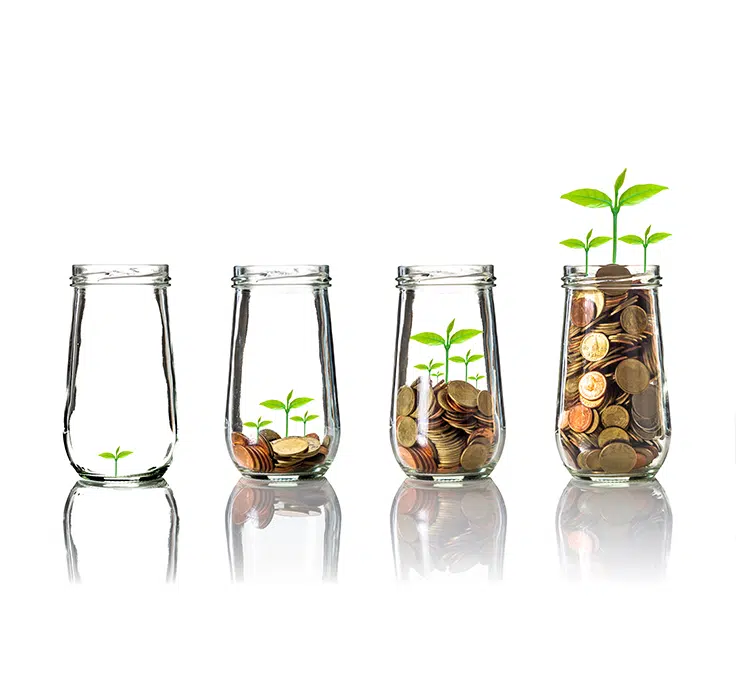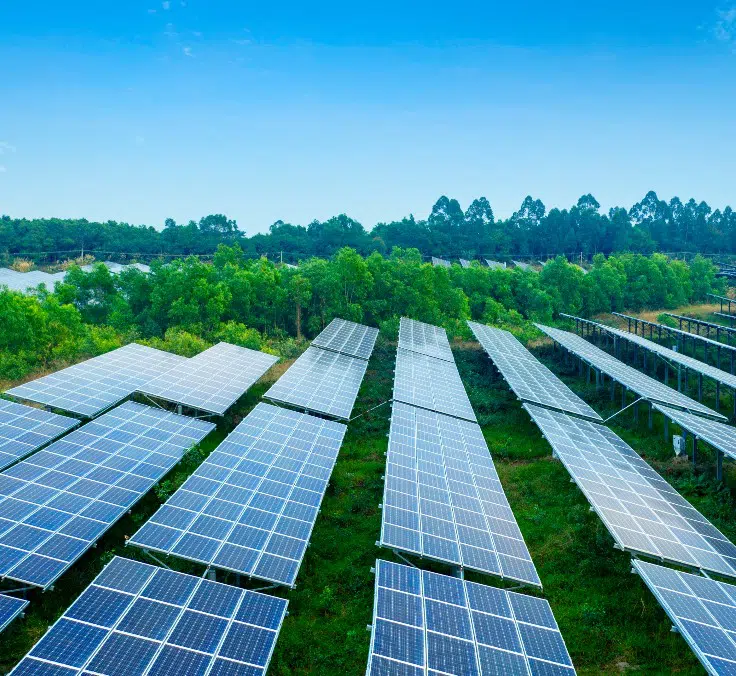ECONOMY| 21.12.2022
How does MAPFRE turn its buildings into green spaces?
According to the United Nations, there will soon be over 8 billion people living on the planet. Cities will continue to grow, as 60% of the population will be focused in urban areas. Housing will also continue to multiply and, with it, pollution.
Figures provided by the United Nations Climate Change Conference (COP21) held in 2015 in Paris indicate that the commercial and residential construction sector represents 39% of the CO2 emitted into the atmosphere, generates 30% of solid waste, and leads to 20% of water pollution.
Faced with this situation, designing energy-efficient green buildings with a low environmental impact has become a necessity. At MAPFRE, as part of our Corporate Environmental Footprint Plan 2021-2030, our objective is to hold a portfolio of buildings with sustainability certification that, by 2030, represents at least 50% of the floor space in the buildings owned for office use of over 3,000 square meters above ground. To do that, we prioritize acquisitions and full reforms that meet these criteria. Currently, 14 of our buildings (one rented and the rest owned by MAPFRE) are certified, mostly by LEED (Leadership in Energy and Environmental Design). This represents 35.5% of the total portfolio, considering that rental property is not counted.
Created by the U.S. Green Building Council, LEED is the most widely used green building rating system in the world. To grant this certification, the system takes into account energy and water consumption in the building over its useful life, the environmental impact of the materials used during its construction, the capacity to generate energy on-site, and the quality of the interior environment for its inhabitants. The certification includes four rating levels: Certified, Silver, Gold, or Platinum. MAPFRE has two buildings with the highest rating and eight with the second. There are two other buildings in Spain that may obtain the gold rating during the first quarter of 2023.
In 2019, the group of offices at number 40 of Avenida General Perón, in Madrid, received the gold rating following a series of renovations that replaced the HVAC installations with a more energy-efficient system, installed EV charging points and better technology in the elevators, and replaced all the faucets and toilets to optimize water consumption. A total of 20,500 square meters of floor space above ground were modernized, distributed over seven floors, two of them for parking. A true symbol of the Azca financial center.
Even more recently, in July 2021, the building located at number 30 of Avenida Bruselas, in Alcobendas, received the LEED platinum rating following a series of construction projects similar to those on Avenida Perón, installing photovoltaic panels for internal electricity consumption. The offices, in the heart of the Arroyo de la Vega business park, represent a total of 7,000 square meters in the MAPFRE sustainable buildings portfolio. Both buildings, on General Perón and on Bruselas, were the sole property of the Group when they obtained the certification and were not part of any fund. Today, however, they are included in real estate investment funds in which the company has stakes, which are responsible for their management.
New technologies play a key role in the development of sustainable buildings. According to MAPFRE Inmuebles, everything is currently managed by new systems and software: designs, building materials, equipment and consumption installation and metering. This, along with green energy supplies, is bringing about a sustainable transformation in buildings. The company currently uses energy from 100% renewable sources in Spain, Portugal, and Germany, and this year has installed 4,700 panels at the head office in Madrid, which will prevent the emission of 740 tons of CO2 into the atmosphere annually.
Benefits
Green building design has economic and reputational benefits. The actions related to obtaining the LEED rating, for example, reduce energy usage by between 30% and 70%, water by between 30% and 50% and CO2 emissions by 35%. This energy efficiency leads not only to savings, but also increases the lease and sale value. On the other hand, each sustainable building highlights the company’s commitment to the health of the planet, and the rating provides global recognition.
In the construction sector, where quality standards vary greatly, undertaking a LEED Rating process ensures that the project meets strict international criteria for construction quality that guarantee the sustainability, health, and well-being of the project. The multidisciplinary team from MAPFRE Inmuebles takes part in the work. Our architects, engineers, economists, and attorneys define the project that we undertake in each building, foreseeing that the asset is revalued and includes the ESG component.
In keeping with our commitment, MAPFRE Inmuebles is undertaking new viability studies to obtain “net zero” emissions certifications in future projects, as well as evaluating real estate market trends related to ESG criteria, such as green clauses in lease contracts.
RELATED ARTICLES:



